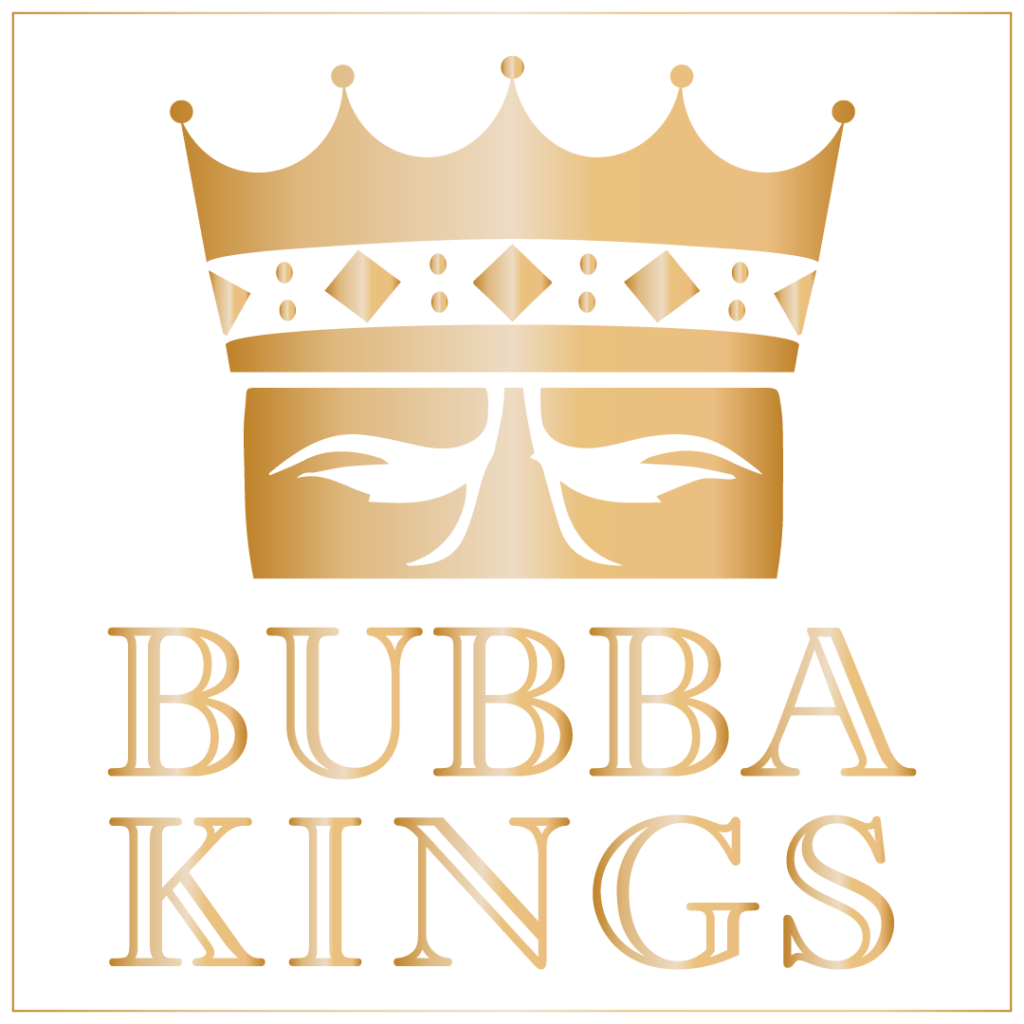News
A Beginner’s Guide to Making CBD Oil at Home
CBD oil has gained significant popularity in recent years as a potential wellness product with a wide range of health benefits. It is derived from the hemp plant and contains cannabinoids, which interact with the endocannabinoid system in the body to produce various effects. CBD oil is known to have therapeutic properties, including reducing anxiety, relieving pain, and improving sleep quality. While there are many CBD oil products available on the market, making your own CBD oil at home can be a cost-effective and rewarding experience. With the right tools and ingredients, it is possible to create high-quality CBD oil that is tailored to your individual needs. In this guide, we will take you through the step-by-step process of making CBD oil at home, including selecting a high-quality CBD source, decarboxylating the material, extracting the CBD using carrier oils like coconut oil or MCT oil, and finally straining, storing, and dosing your CBD oil. By making your own CBD oil at home, you can ensure its purity and quality while also having the flexibility to adjust the dosage and usage to your needs.
Choosing Your CBD Source
Choosing the right CBD source is a crucial step in making high-quality CBD oil. There are two main options to consider when selecting your source material: hemp flower or CBD isolate. Hemp flower is a whole-plant extract that contains a full range of cannabinoids, terpenes, and flavonoids found in the hemp plant. This offers a more complete and balanced CBD experience, known as the “entourage effect.” On the other hand, CBD isolate is a pure form of CBD that has been extracted and isolated from the hemp plant. This means it contains no other cannabinoids, terpenes, or flavonoids, making it a great option for those who want a precise and predictable dose of CBD. Ultimately, the choice between hemp flower and CBD isolate comes down to personal preference and the desired effects of the CBD oil. It’s important to choose a high-quality source material to ensure the best possible results in your homemade CBD oil.
Decarboxylation
Decarboxylation is a crucial step in making CBD oil as it activates the cannabinoid by removing the carboxyl group from the compound. This process can be achieved by heating the CBD source material, either hemp flower or isolate, at a low temperature for a specific period. The decarboxylation temperature and time may vary depending on the source material, but typically, heating the material at around 220°F for 30 minutes is sufficient. The low heat ensures that the cannabinoid is activated without being degraded. Decarboxylation changes the structure of the CBD compound and transforms it from its inactive acidic form to its active, non-acidic form. This process is essential to ensure that your CBD oil is potent and effective.
Extraction Method
The extraction method is a critical step in making CBD oil at home. After decarboxylating the CBD source, you can extract the cannabinoids using carrier oil. Coconut oil and MCT oil are two of the most popular carrier oils for CBD oil due to their high-fat content and ability to hold the extracted cannabinoids well. You can use a double boiler or crockpot to heat your oil and CBD source together for several hours, allowing the CBD to infuse into the oil. The double boiler method involves heating the oil and CBD source in a pot on the stove with a second pot containing water. The crockpot method is similar, but instead of using a double boiler, you put your oil and CBD source in a crockpot and heat it on low for several hours. It’s important to monitor the temperature of your oil to ensure it doesn’t exceed 200°F, which can cause the cannabinoids to degrade. Once the infusion is complete, you can strain out any remaining plant material and store your CBD oil in a cool, dark place to maintain its potency.
Straining and Storage
Straining and storage are important steps in making CBD oil at home. Once the CBD oil has been infused with the carrier oil, it’s important to remove any remaining plant material. This can be done by straining the oil using a cheesecloth or a fine mesh strainer. This ensures that the final product is smooth and free of any impurities. After straining, transfer the CBD oil into a clean, airtight container. It’s crucial to store your CBD oil in a cool, dark place away from light and heat, which can degrade the cannabinoids in the oil. A good storage location can be a pantry or a refrigerator. By taking these precautions, you can ensure that your homemade CBD oil retains its potency and freshness.
Dosage and Usage
Finally, it’s time to enjoy the benefits of your homemade CBD oil, it’s important to start with a low dosage and gradually increase until you find the right amount for your needs. It’s recommended to begin with a small amount, such as one or two drops, and wait for the effects before taking more. Keep in mind that everyone’s body is different, so the optimal dosage will vary from person to person. CBD oil can be taken orally by placing drops under the tongue or mixed into food or drinks. It can also be applied topically to the skin as a moisturizer or added to bathwater for a relaxing soak. When using CBD oil for the first time, it’s a good idea to keep a journal of your experiences, including the dosage, time of day, and any effects you feel. This can help you to track your progress and find the ideal dosage and method of use for your individual needs.
Overview
Making your own CBD oil at home can be a rewarding and cost-effective way to enjoy the benefits of this popular wellness product. By following the step-by-step process outlined in this guide, you can select a high-quality CBD source, decarboxylate it, extract it using a carrier oil, and store it properly to ensure its potency. As with any new wellness product, it’s essential to start with a low dosage and gradually increase it until you find the right dose for your needs. With some patience and experimentation, you can create a homemade CBD oil that suits your preferences and helps support your overall health and well-being.














